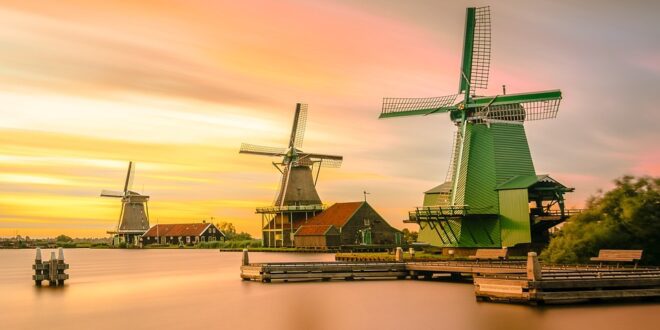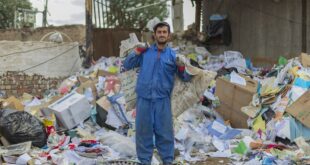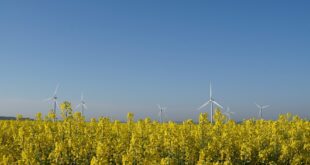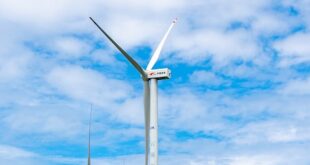How Wind Energy Has Become the Top Renewable Energy Source
Since the early 2000s, wind energy has been one of the fastest-growing renewable energy sources in the world. Harnessing the power of the wind has never been more accessible, thanks in part to technological innovations and falling costs. The future of energy is clearly going to rely on a mix of renewables, and wind energy holds great promise for our planet. Here’s how the world is harnessing the power of wind and why it’s known as the top renewable energy source.
What Makes Wind Energy So Special
One of the most appealing features of wind power is its abundance. Wind is an eternal resource, and it’s renewable, clean and produces zero carbon emissions. It is one of the few renewable energy sources that can be built at scale to meet global energy demands. Furthermore, according to the International Energy Agency (IEA), wind is projected to generate up to 18% of the world’s electricity by 2025.
How We Harness Wind Energy
Wind turbine technology has evolved over time to help the growth of wind energy to level of importance it has today. Modern wind turbines are electric generators comprising of a rotor with two or three blades that rotate in the wind. The rotor rotates a shaft that runs to a generator, which compresses energy into electrical power.
Wind turbines can be installed on land or offshore, depending on location and site difficulties. For instance, offshore wind turbines tend to profit from more consistent sea breezes due to the mostly open water between them.
The Advantages of Wind Power Generation
As already mentioned, wind power emits no carbon pollution, unlike the number of harmful gases emitted during the power generation from fossil fuels. Wind power produces no sulfur dioxide, nitrogen oxides, or mercury like coal-fired power plants.
Furthermore, wind turbine blades use less space than most conventional power stations, so if space is crucial, wind energy systems have the conformational advantage of having even small components on a per-MW scale most convenient in space-saving. Also, once wind farms and turbines are off beam, wildlife can continue to flourish in and around the shade.
Conclusion
Wind components take an average of three-quarters of a year to create the required unit power of energy, and nothing can match that scale of deployment concerning immediate change or insulation from the climate meltdown. This renewable energy allows us to benefit from the natural resource to transform it into clean electricity. Supplying households, generating a large portion of grid-based power or fuel is just one overall benefit, without harming ecosystems or the earth’s climate. There will also be a way for tenants, workplaces, and societies to dash past polluting food over atmosphere protons by shifting their electricity use, gasoline-free, and afterward sharing acceptable cycling approaches that involve wire-free and eco-friendly windmill energy to day to day operations.
 Mind Uncharted Explore. Discover. Learn.
Mind Uncharted Explore. Discover. Learn.




